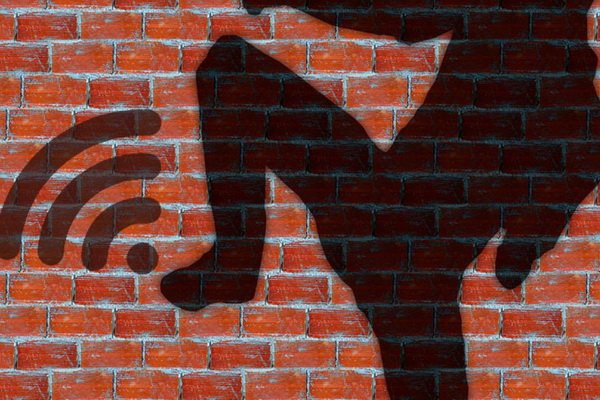How To Identify Devices Connected To Our Wi-Fi
Wifi: Many of us use a personal wifi network at home or work. On The Other Hand, Many Other People Constantly Try To Use Other PPeople’swifi Network In Some Way.
Therefore, one way to increase your network’s security level is to identify unknown devices connected to your wifi and kick them out.
One of the ways to prevent unknown people from connecting to your wifi network is to check who is using your network and then identify unknown devices to prevent them from connecting to the network.
How to expel other unknown devices from your wifi network with a PC
In this method, you use a practical and valuable tool to identify all the devices connected to your wifi network through your computer. After that, you block connecting some selected devices to the network. To do this, follow the steps below:
Step 1. First, download the wifi guard software and install it on the Windows operating system. During the installation, you can also choose your desired language.
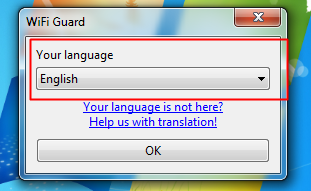
Step 2. Now, you need to get the MAC address of all devices currently connected to your wifi network. For this purpose, go to the File menu and select Settings.
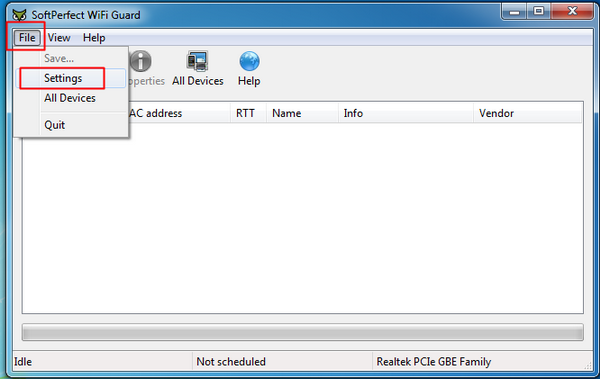
Step 3. Select your wifi network card (the same card you are currently connected to) from the network adapter section. Its IP address is usually similar to 192.168.1.1.
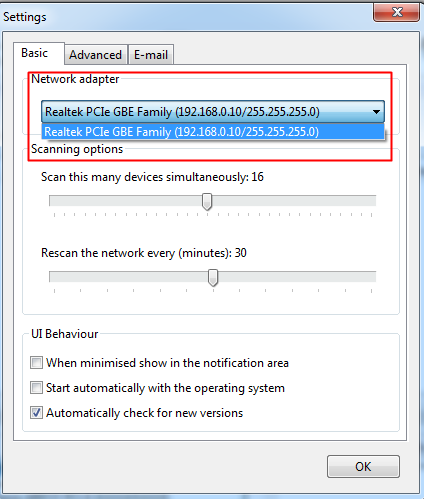
Step 4. Now, you should start scanning devices and get a list of all devices connected to this network and their MAC address.
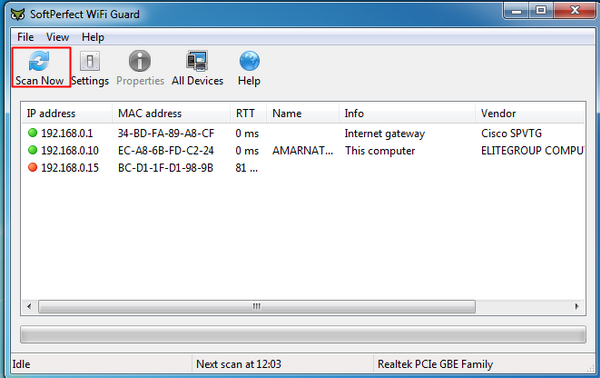
Step 5. Now go to yourrourouter’s srelesstwork settings section, enable the MAC filter option, and add only the MAC address of the devices you want to connect to youwififi network to the router settings.
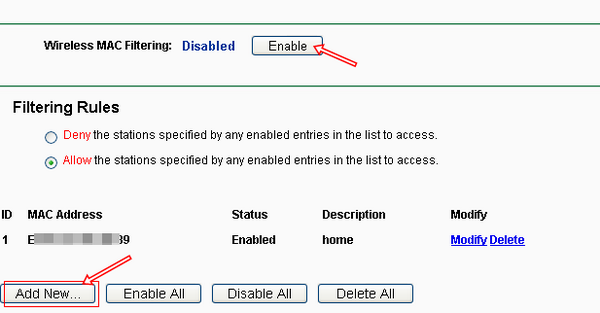
Step 6. Now, only devices can connect to your network whose MAC address information is available in the MAC filter list of your router.
Using the Netcut tool
If you have a smartphone to manage your wiwifietwork, you are familiar with the Netcut tool. Netcut also has a Windows version that helps you kick users out of your wifi network. The Windows version of this tool has not been updated for a long time, but it still works well and can be considered one of the best wifi blockiwifioftware.
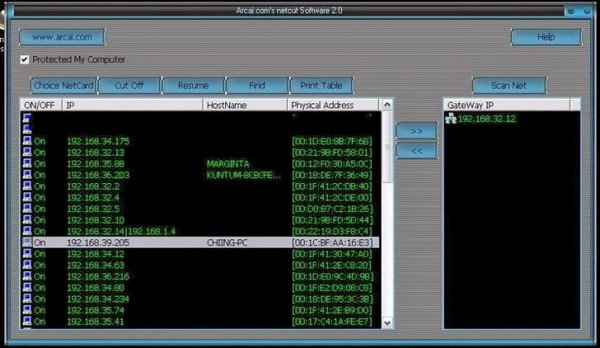
First, go to the Netcut website and download the Windows version of this application. After installation, Netcut will ask you to install another application called WinCap. After the installation is complete, restart your computer and open Netcut.
This tool will display a list of all devices connected to your wifi network at each address. Select their MAC address and click the Cut button to remove devices connected to the network.
How to Identify and Secure Your Network from Unknown Devices
Keeping track of devices connected to your network is essential for maintaining security and ensuring optimal performance. Here are several methods to check for unknown devices and tips to secure your network effectively.
Method 1: Check Unknown Devices Using Your RouRouRouRouter’sbface
- Open a web browser and enter your rourourourouter’sss (commonly
192.168.1.1or192.168.0.1). - Log in using your routerrourouter’smintials (check the router’rourouter’sbelsure).
- Navigate to the “De” ice List” o” “o”nected “ev”c”s” s” action.
- Revi”w “is the list of connected devices, which typically includes details like device names, IP addresses, and MAC addresses.
- Note: Some devices may appear with identifiable names (e.g., “Jo “John”),” wh”le “ther” m” might show up as random strings of letters and numbers. Compare the list with the number of devices you own to identify any unknown connections.
Method 2: Check Unknown Devices Using Terminal/Command Prompt
The arp -a command displays the ARP (Address Resolution Protocol) table, showing IP addresses and corresponding MAC addresses of devices on your network.
For Windows:
- Open Command Prompt as an administrator.
- Type
arp -aand press Enter.
For Mac:
- Open Terminal.
- Type
arp -aorarp -anand press Enter.
For Linux:
- Open Terminal.
- Type
arp -aorarp -nand press Enter.- A list of IP and MAC addresses of connected devices will appear on your screen.
Method 3: Identify Unknown Devices Using Their IP Address
The ping -a <IP Address> command retrieves the hostname of a device using its IP address. This helps identify unknown devices on your network.
For Windows:
- Open Command Prompt.
- Type
ping -a <IP Address>and press Enter.- Replace
<IP Address>with the IP address of the unknown device.
- Replace
Check Connected Devices on Android and iPhone.
You can also monitor connected devices directly from your smartphone using these methods:
Method 1: Using the RouRouter’sb IntRouRouter’sb
- ct to your router’s sFi netrouter’sllow the steps outlined in Method 1 above to access the router’s interfarouter’sod 2: Using Network Scanner Apps
- Install a network scanner app (e.g., Auvik, Intruder, SolarWinds, NetScan Tools Pro, or NMap) from the Play Store or Apple Store.
- Open the app and scan your local network.
- Please review the list of connected devices and their details.
Method 3: Using Device Settings
- Open Settings on your smartphone.
- Tap on wifi wifiselect your connected network.
- Look for “Conn” cited Dev”ces” or “Devi” e-Li”t” t” “vi”w active” con” sections.
Tips to Secure Your Network from Unknown Devices
Preventing unauthorized access is more straightforward than dealing with its consequences. Here are some practical tips to safeguard your network:
- Regularly Scan Your Network: Periodically check for connected devices and remove unfamiliar ones.
- Use a Strong wiwifiassword: Create and change a complex password periodically.
- Update Your Default SSID: Change your wiwifietwork name (SSID) to something unique and avoid using personal information.
- Disable WPS Wi-Fii Protected Setup): Turn off WPS on your router several to prevent easy access.
- Enable New Device Approval: Some routers allow you to approve new devices before they can connect.
- Update Router Firmware: Keep your router updated to patch security vulnerabilities.
- Use a Guest Network: Set up a separate network for guests to isolate them from your primary network.
Why Secure Your Network?
Securing your network prevents unauthorized usage (which can slow down your internet) and protects your data from hackers. By following these steps, you can ensure a safer and more efficient network environment.
For more detailed tips on securing your home wiwifietwork, check out our comprehensive guide on How to Protect Your Home wiwifietwork.
